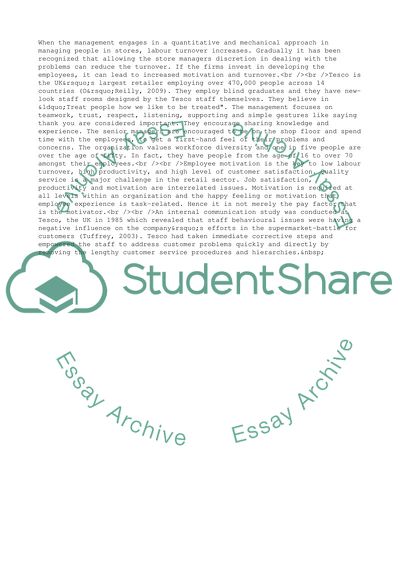Cite this document
(Internal Communication Study at Tesco, the UK Research Proposal, n.d.)
Internal Communication Study at Tesco, the UK Research Proposal. https://studentshare.org/business/1728670-employee-motivation-at-tesco
Internal Communication Study at Tesco, the UK Research Proposal. https://studentshare.org/business/1728670-employee-motivation-at-tesco
(Internal Communication Study at Tesco, the UK Research Proposal)
Internal Communication Study at Tesco, the UK Research Proposal. https://studentshare.org/business/1728670-employee-motivation-at-tesco.
Internal Communication Study at Tesco, the UK Research Proposal. https://studentshare.org/business/1728670-employee-motivation-at-tesco.
“Internal Communication Study at Tesco, the UK Research Proposal”. https://studentshare.org/business/1728670-employee-motivation-at-tesco.


